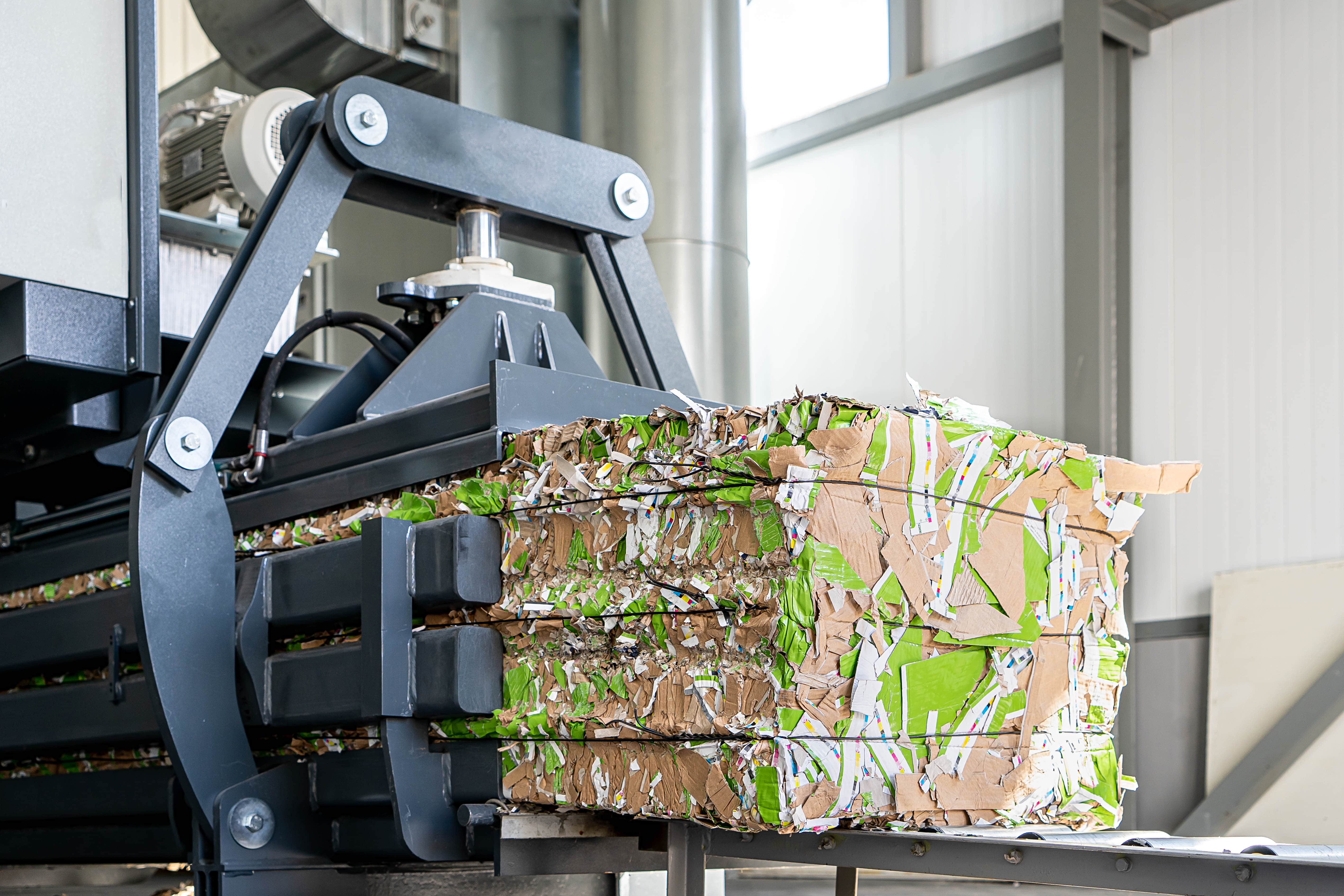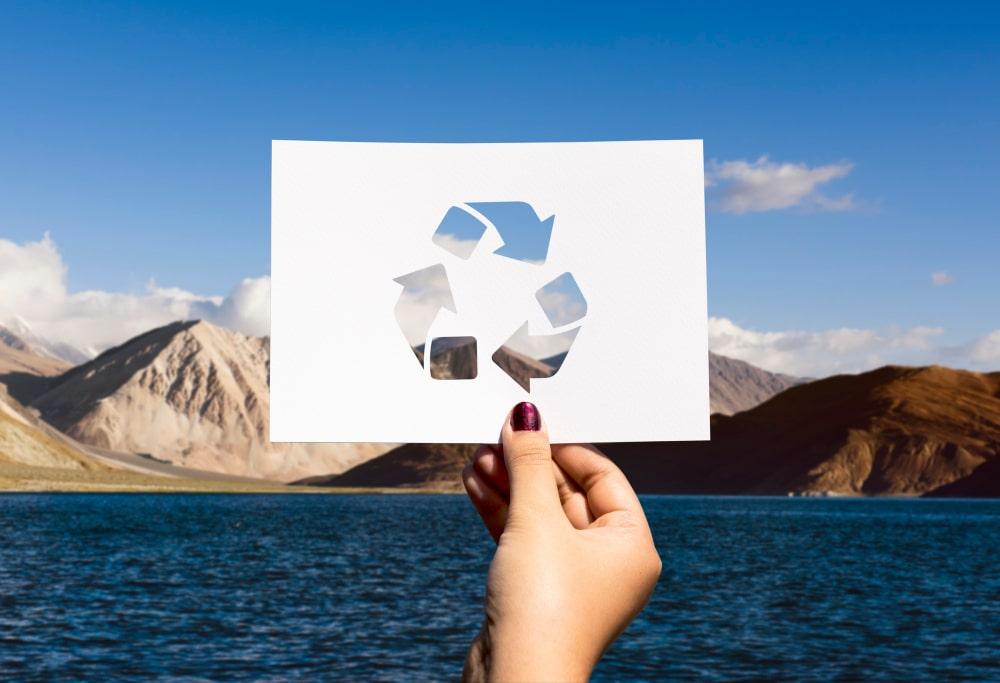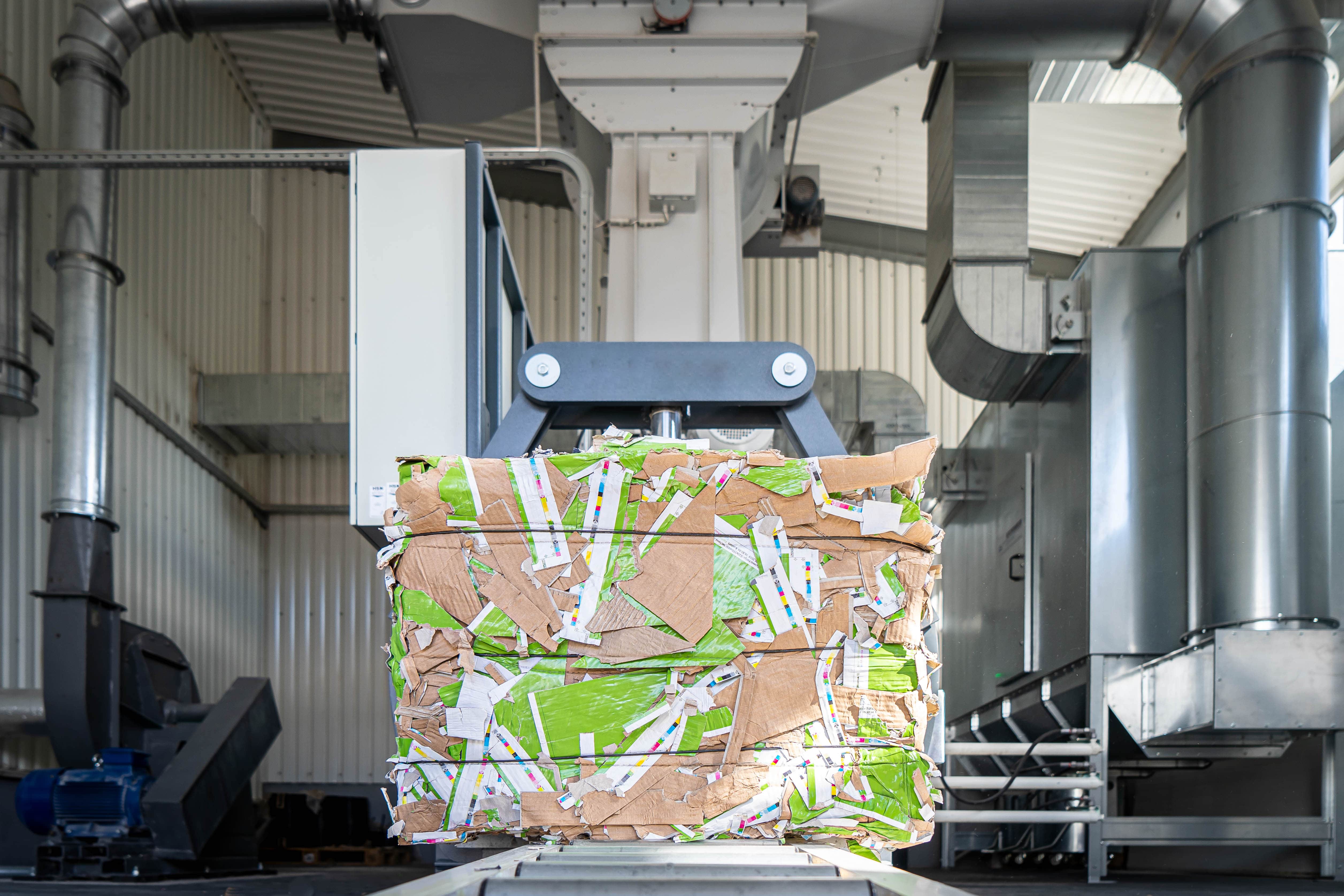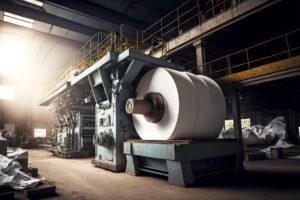
Millions of sheets of paper are used and wasted daily, but what is made of them once the recycling bin? Paper recycling is an attractive process that gives a second life to old newspapers, magazines and packaging and reduces environmental impact by large differences. Recycling paper saves trees, saves energy, and reduces landfill waste, and so it is one of the easiest ways to save the planet yet.
Understanding how paper is recycled, can help us make more conscious options about waste and stability. From collections and sorting to pumping and reminucizing, each stage plays an important role in converting the used paper into new products. In this article, we will find out the trip to recycled paper and highlight the environmental benefits of keeping this valuable resource in circulation.

The Importance of Paper Recycling
Paper recycling is less about less waste – saving the planet is more focused. One of the best benefits is to prevent the destruction of the forest because making paper depends on cutting trees. By recycling, we prolong the life of paper fibers, so low demand will translate into low trees globally. Thus we prevent forests from being destroyed, and the importance of trees is occupying carbon dioxide, supporting biodiversity, and regulating the Earth’s climate.
Another important benefit is energy efficiency. Producing new paper from raw materials leads to much water and electricity, while cardboard recycling uses very little energy. The method also produces less greenhouse gas, reducing the overall carbon footprint of paper production. In addition, the paper recycled products reduce landfill waste, with millions of tons of paper dumped, where it will gradually break and methane will release a powerful greenhouse gas. By placing paper in the loop, we not only reduce pollution but also expand the life of the landfill, creating a cleaner, greener future.
The Paper Recycling Process
Recycling paper is a multi-step process of changing the material wasted in fresh, usable items. Each procedure is necessary in guaranteeing the paper used and it can be recycled effectively. The recycling process begins with collection and pruning, where the paper used is assembled from homes, offices and recycling compartments. It is sorted by type and quality – newspapers, cardboard, and office papers all require separate treatment.
The paper is then taken to a recycling plant for processing. The paper then passes through pulling, in which it is mixed with chemicals and water to dissolve in fiber solution. Here, contaminants such as glue, staples and ink are removed through screening and washing. Depending on the requirement, other treatments such as drinking are done to bleach pulp, preparing it for the production of high-grade recycled paper. Once cleaned, the pulp dries and processed to make new sheets of paper.
The sheets are rolled, pressed, and cut into specifications before the manufacturers are exported before the manufacturers are exported for use in newspapers, cardboard, office materials and even packaging materials. There are a lot of paper recycling advantages. Recycling paper reduces water use, preserving resources, and helps to make the paper industry more durable through these processes.
The paper recycling process involves several important steps that turn waste material into reusable new products. Each process is important to ensure efficiency and sustainability.
- Collection and sorting – Used paper is gathered from households, offices, and recycling centers, and sorted in the paper mill by type and quality. Different paper grades, such as newspaper, cardboard, and office paper, require different treatments.
- Pulping – Sorted paper is mixed with chemicals and water to break it down into a slurry of fibers. This loosens the fibers and prepares them for the next step of processing.
- Contaminant removal and cleaning – Staples, ink, glue, and other contaminants are washed off and screened out. Other processes such as deinking are used to whiten the pulp for high-quality recycled paper.
- Refining and drying – The processed pulp is processed into fresh paper sheets. The sheets are rolled, pressed, and dried to create a fresh material to go into production.
- Producing new products – Through drying and processing, recycled paper is used in producing newspapers, cardboard, stationery, packages, and lots more, reawakening previously used paper into a new one.
By following these steps, the paper recycling companies’ recycling process reduces waste, conserves resources, and helps make the paper industry more environmentally friendly.

The Environmental Impact of Paper Recycling
Paper recycling is among the best methods to conserve the environment and ensure sustainability. It decreases the need for raw materials, reduces pollution, and assists in preserving natural resources essential for an ecological balance. Paper industry helps individuals and industries minimize their ecological footprint.
Decreasing the Carbon Footprint
One of the greatest benefits of recycling paper is that it saves the carbon emissions associated with paper production. Making new paper from raw materials requires massive amounts of energy, most of which comes from fossil fuels when they are burned. This creates high levels of carbon dioxide (CO₂), which contribute to global warming. Recycling paper, however, requires much smaller amounts of energy and creates lower levels of CO₂, thus making it greener. By recycling, we lower greenhouse gases and the rate of global warming.
Preserving Trees and Halting Deforestation
Paper recycling conserves the forests since it reduces the need for fresh wood pulp. Recycling one ton of paper will conserve up to 17 trees that would otherwise be cut down to produce new paper. Trees assist in sequestering CO₂, release oxygen, and provide wildlife habitats. Saving additional trees, recycling maintains biodiversity, preserves ecosystems, and makes the world a healthier place.
Conserving Water and Sustaining Ecosystems
Paper production is a water-thirsty operation, consuming thousands of gallons per ton of paper produced. Waste paper recycling, however, consumes far less water, as recycling old fibers requires much less processing than processing raw wood pulp. This water-conserving action helps sustain freshwater ecosystems, keeping lakes, rivers, and groundwater supplies clean and intact for future generations.
What AMED Is Doing to Improve Paper Recycling
AMED is committed to running the recycling of paper through innovative technologies and environmental initiatives. One of the biggest issues in recycling is contamination, where non-portable waste finds its way into paper waste, making the recycling process ineffective. To address this issue, AMED is developing better pruning and cleaning techniques that more effectively remove ink, adhesive, and other impurities.
This progress enables more use of recycled paper to create high-quality products with a low requirement of virgin materials. Apart from technical reforms, AMED is also pursuing public education efforts aimed at optimal recycling practices aimed at enlightened communities. Through calls to cite paper waste properly and avoid contamination, these efforts make it possible for more and more paper as much as possible to be successfully recycled.
AMED also in collaboration with manufacturers, and businesses explores paper recycled ideas, improves permanent consumption of paper, and improves access to recycling schemes. Every small action matters, and by recycling and assisting groups such as AMED programs, people can help save forests, save resources, and reduce environmental impact. Recycling paper is a way to help the daily future to be bright and cleaner for all.










